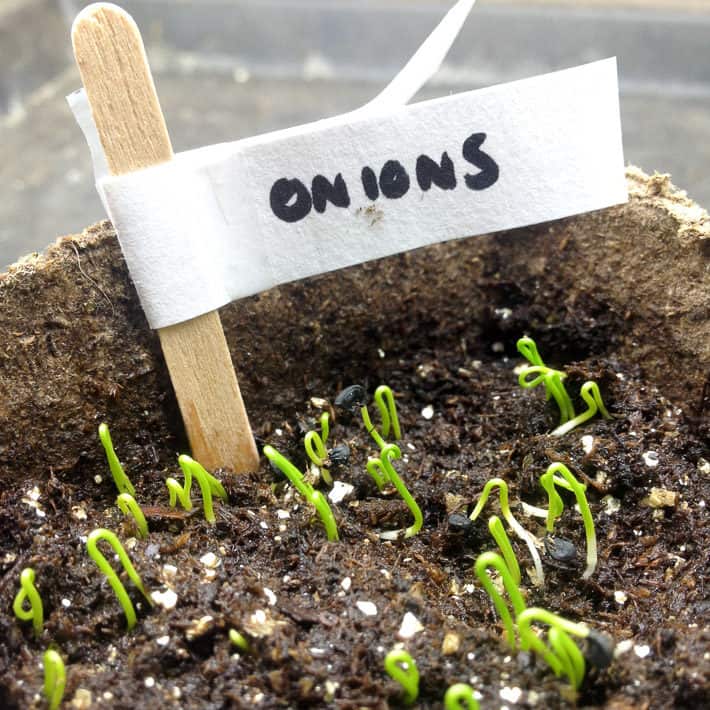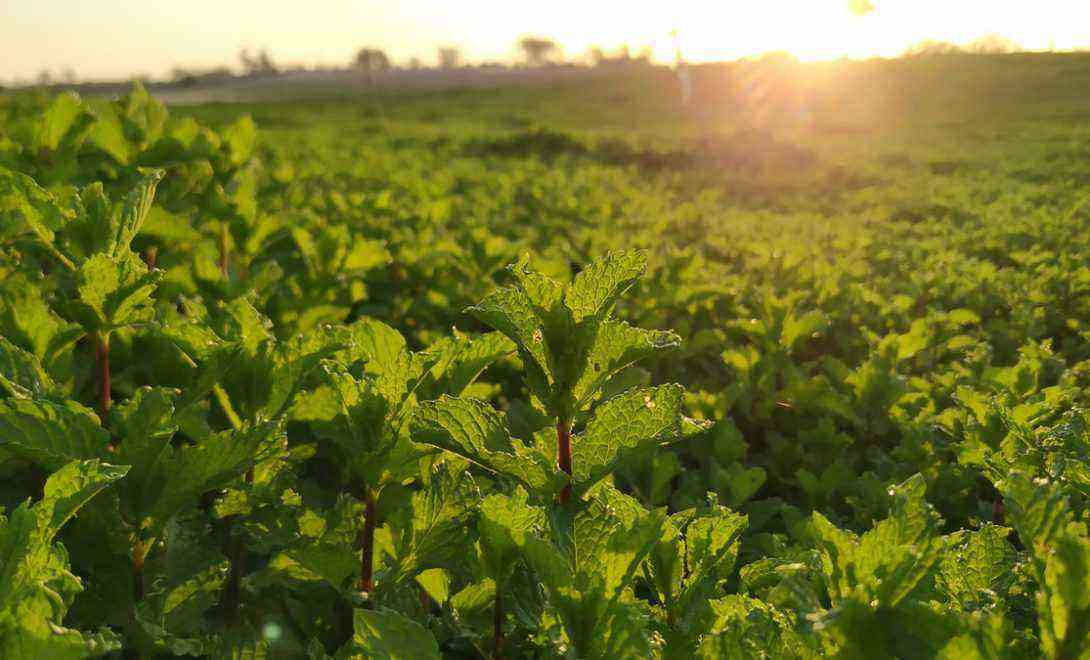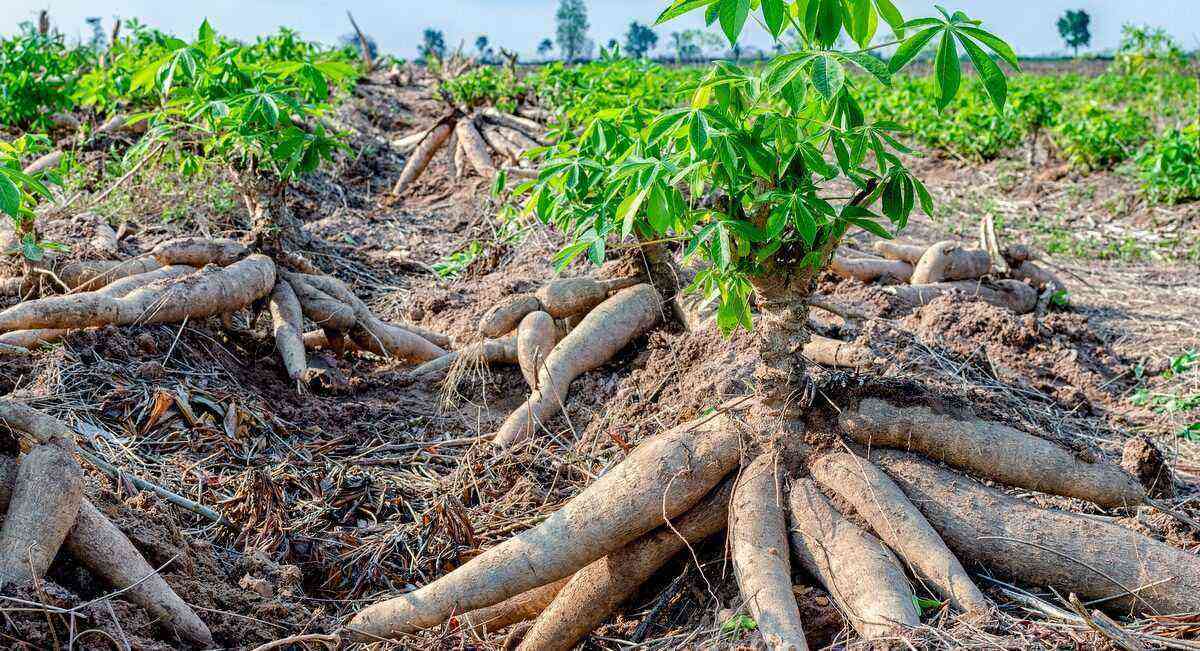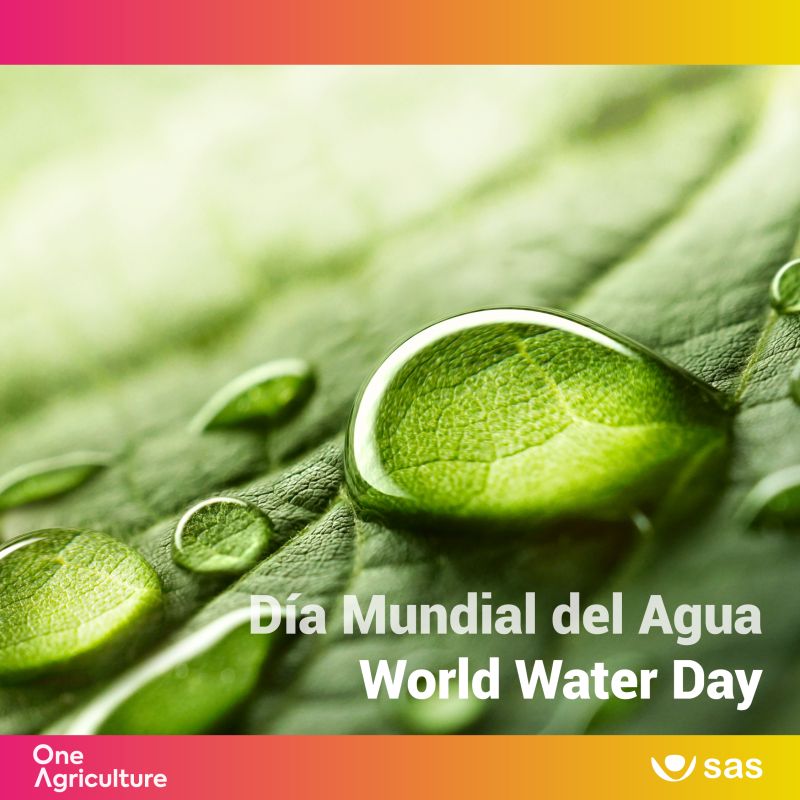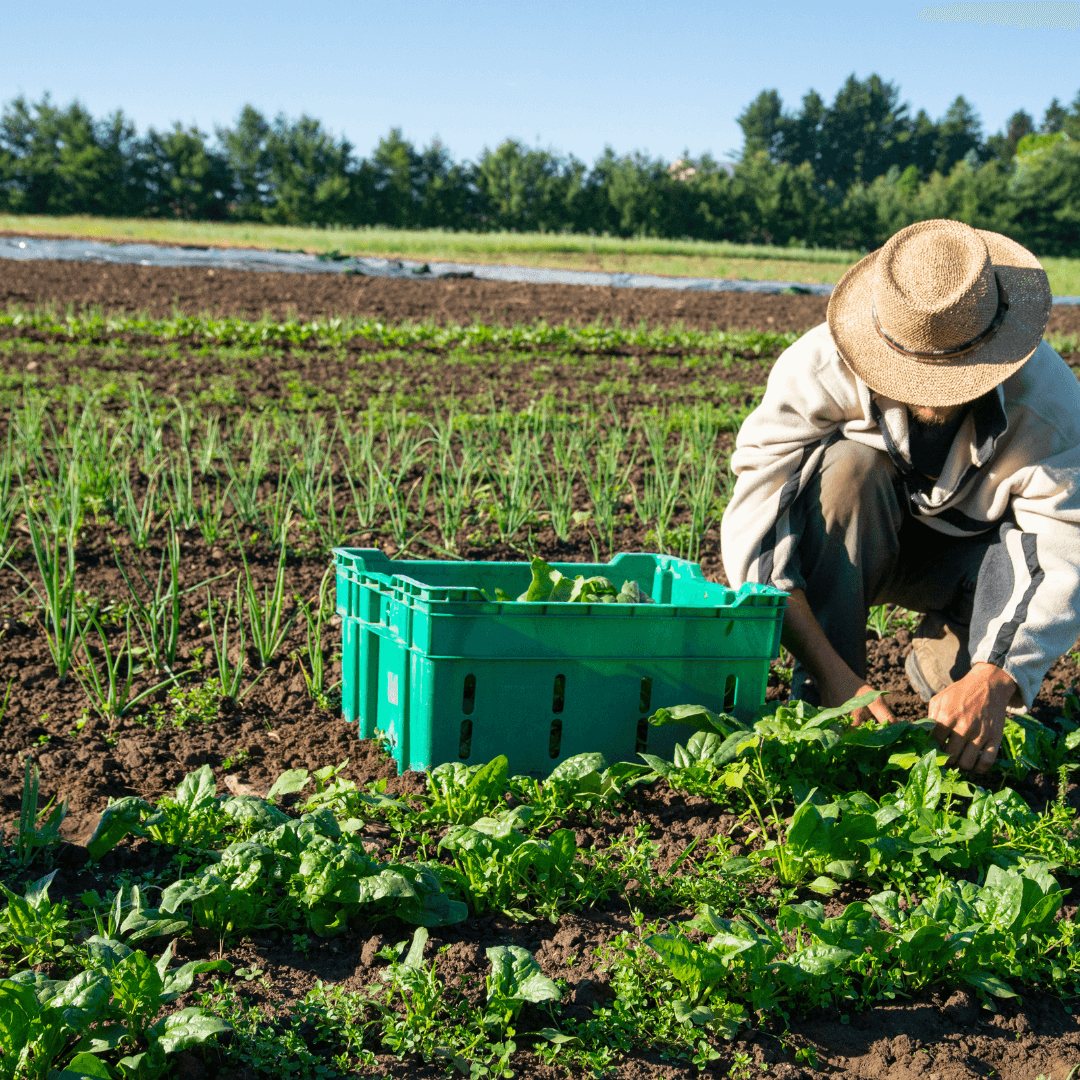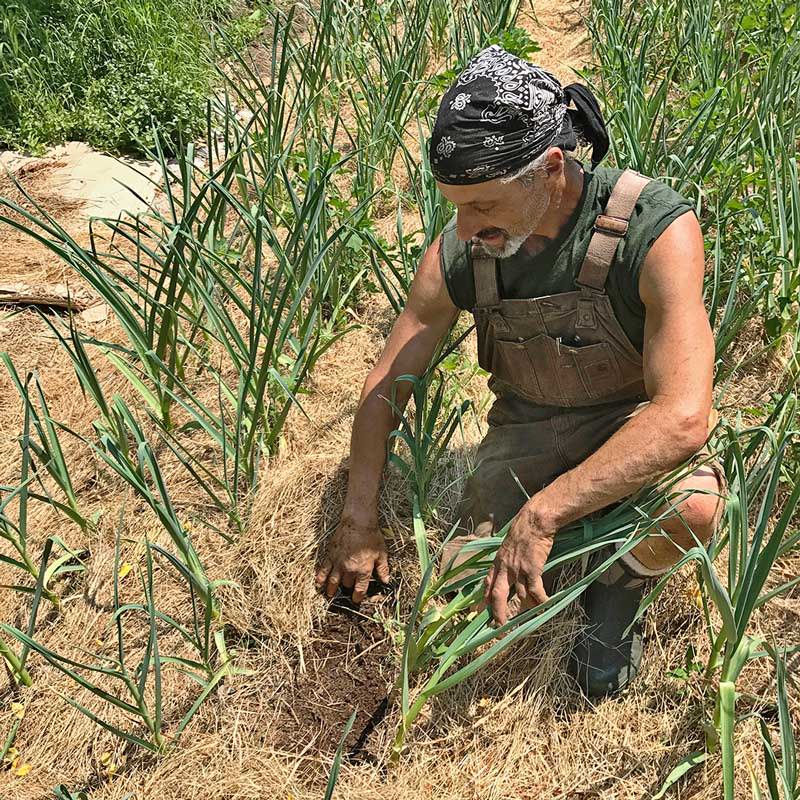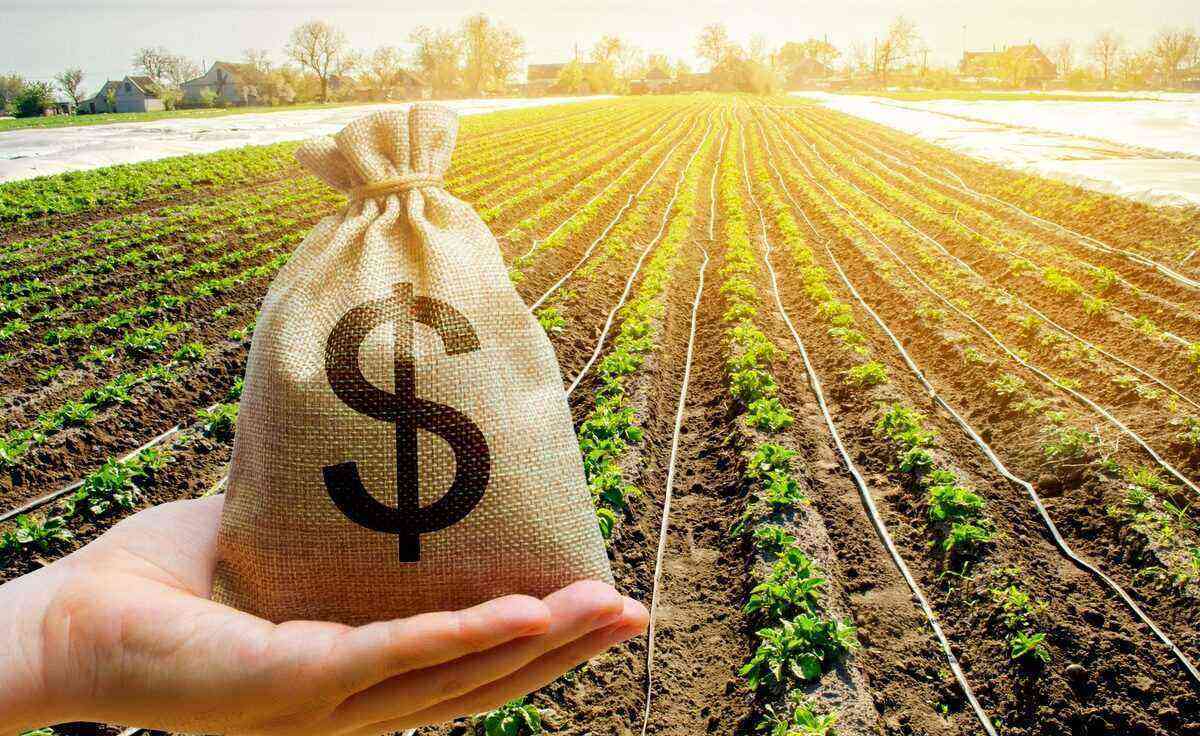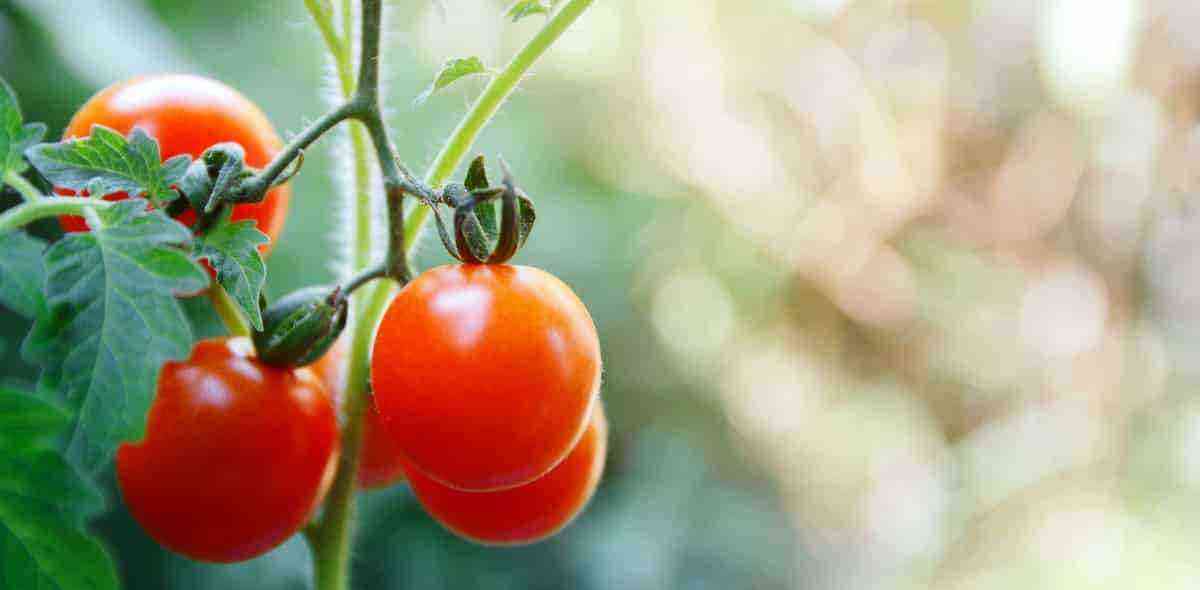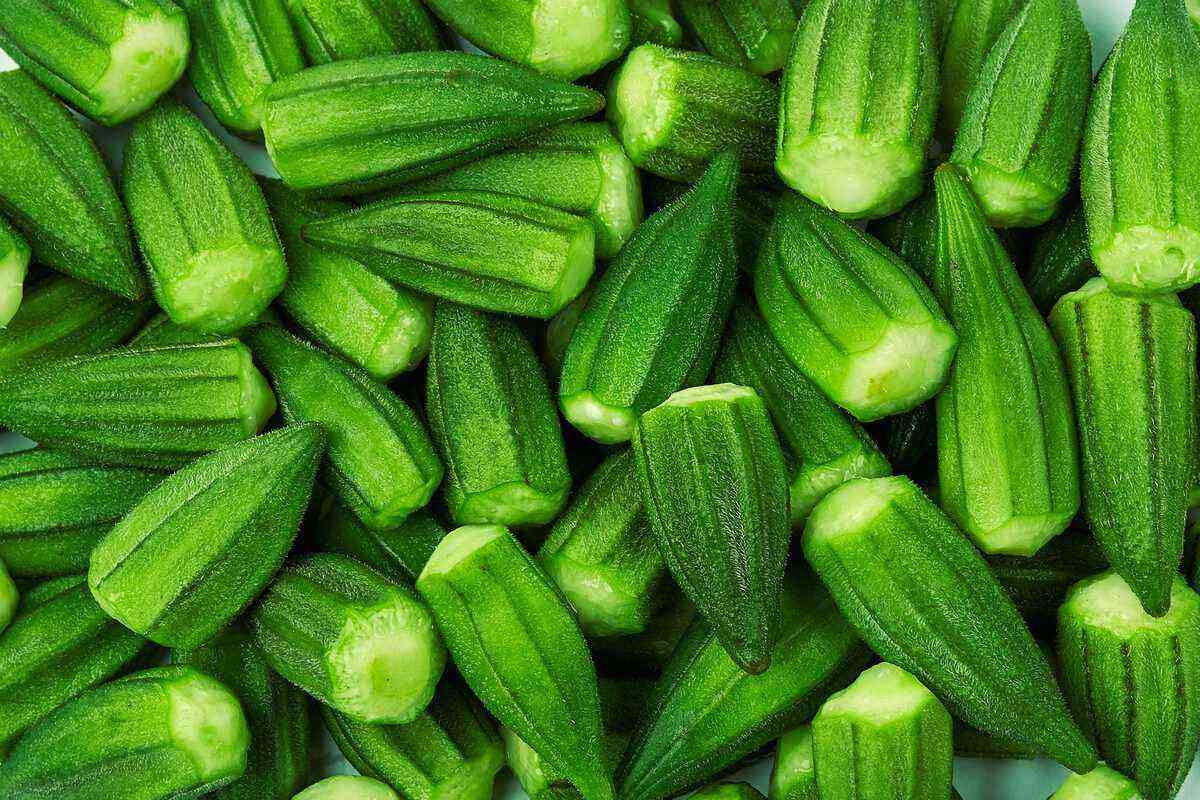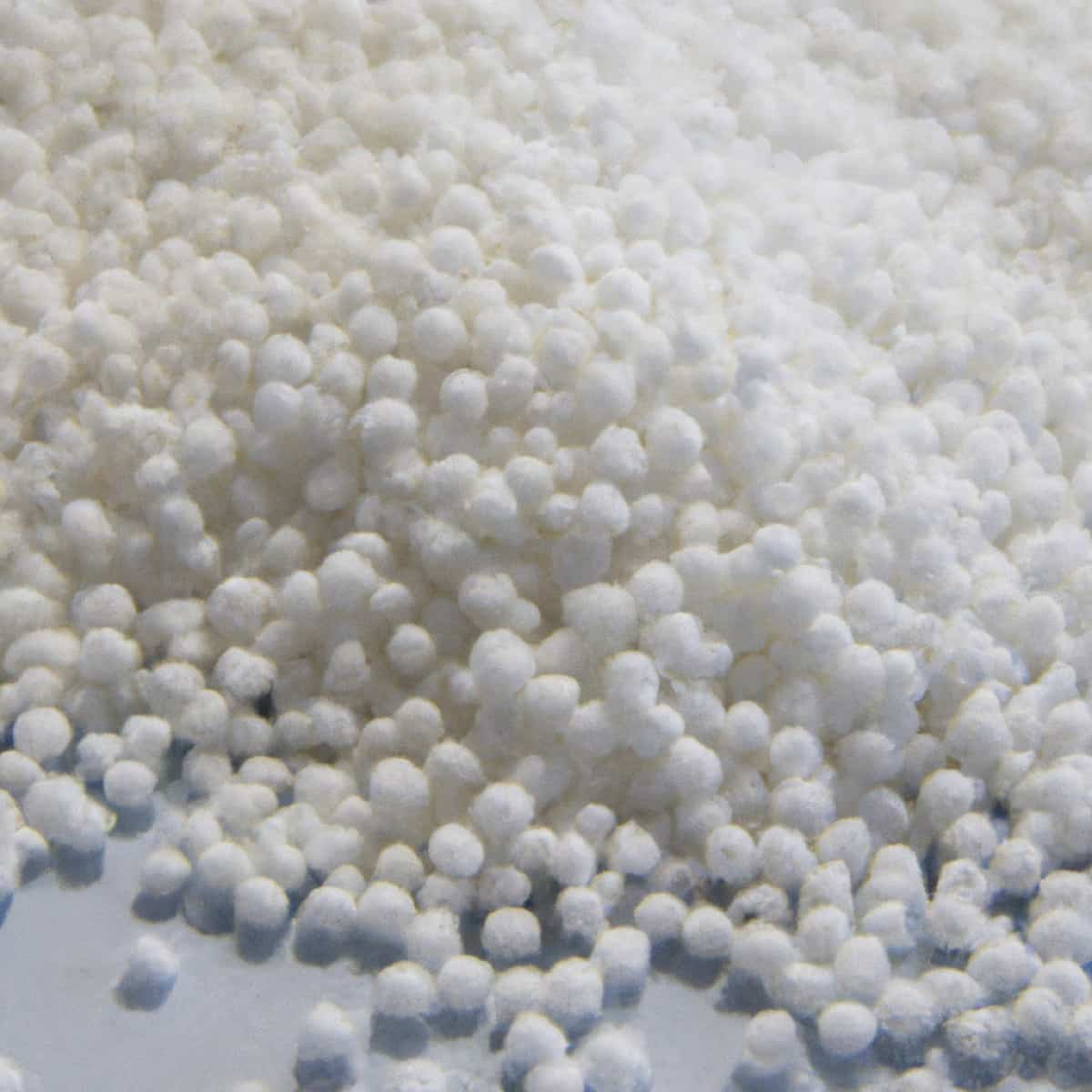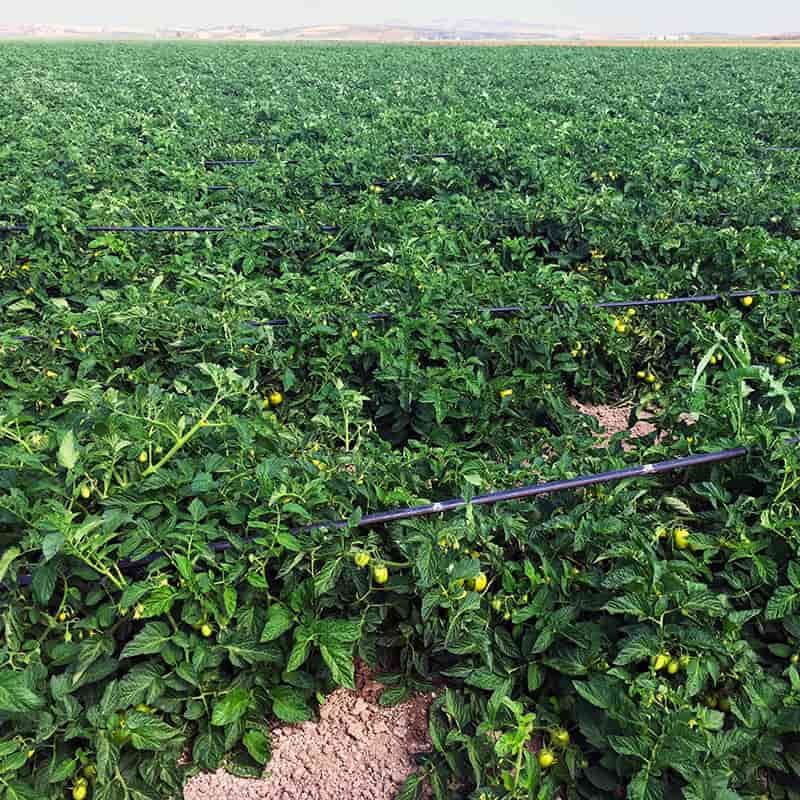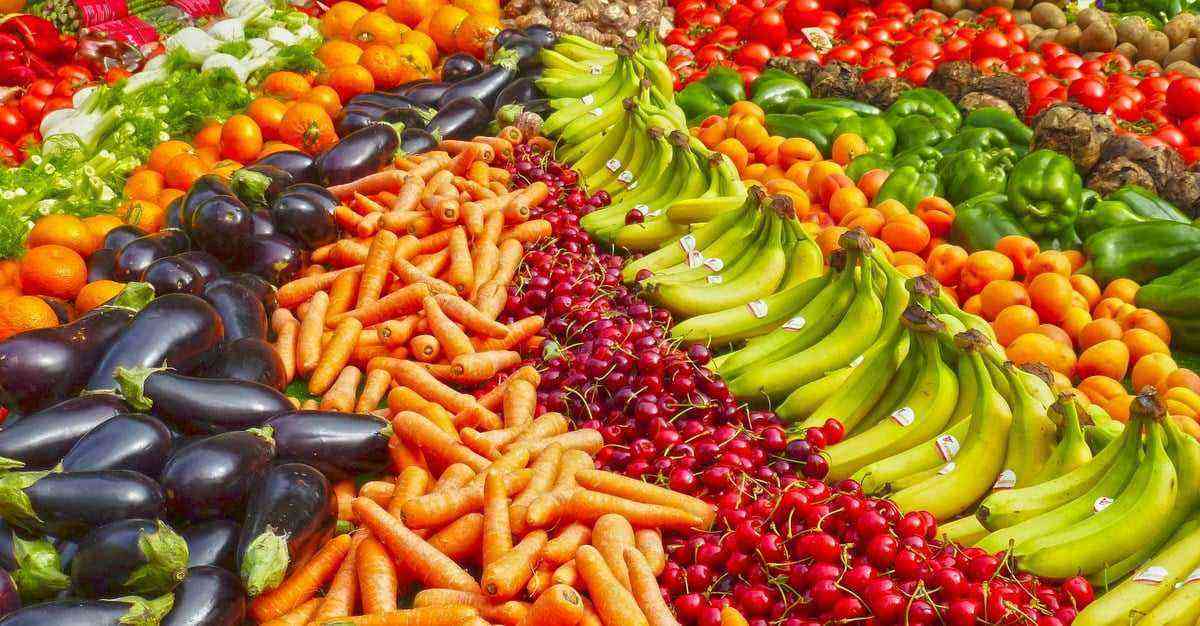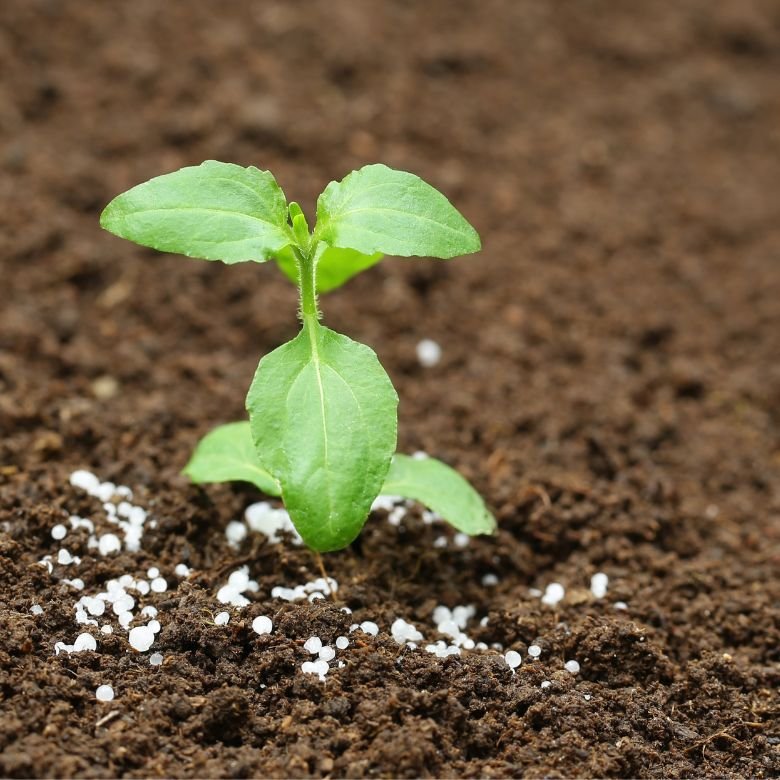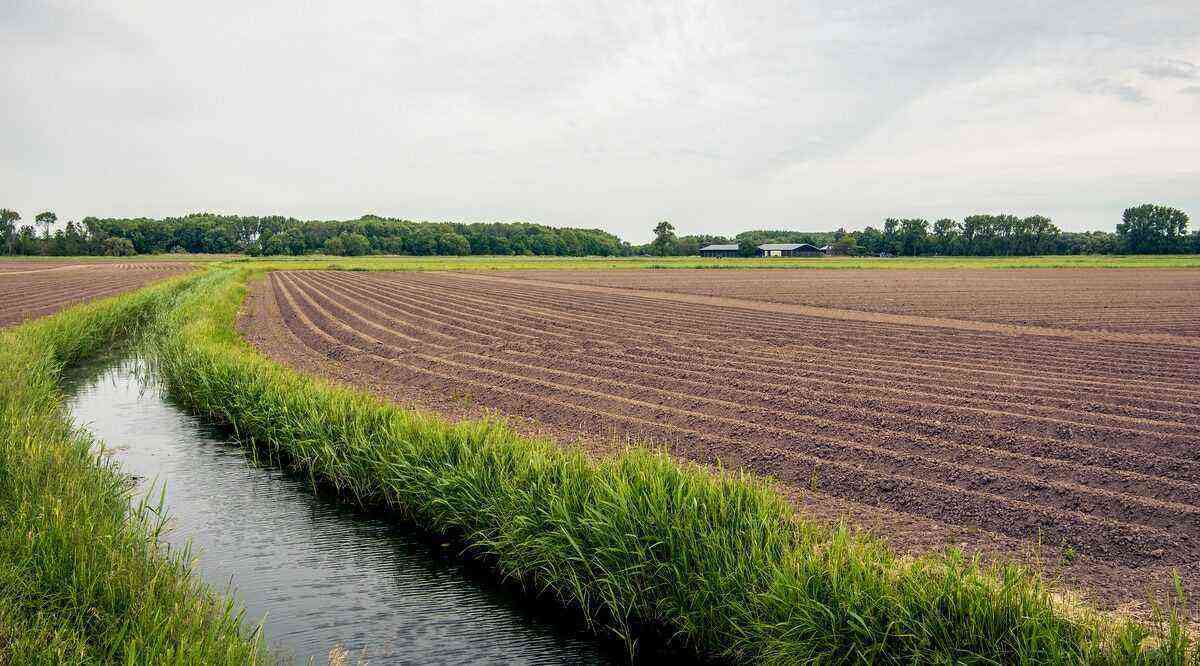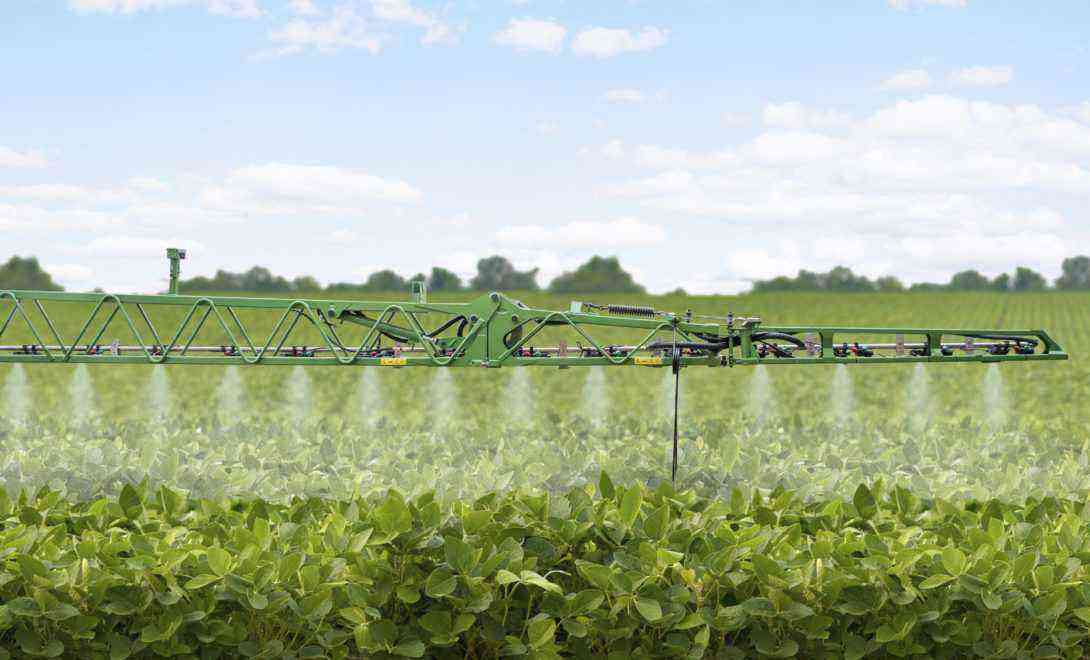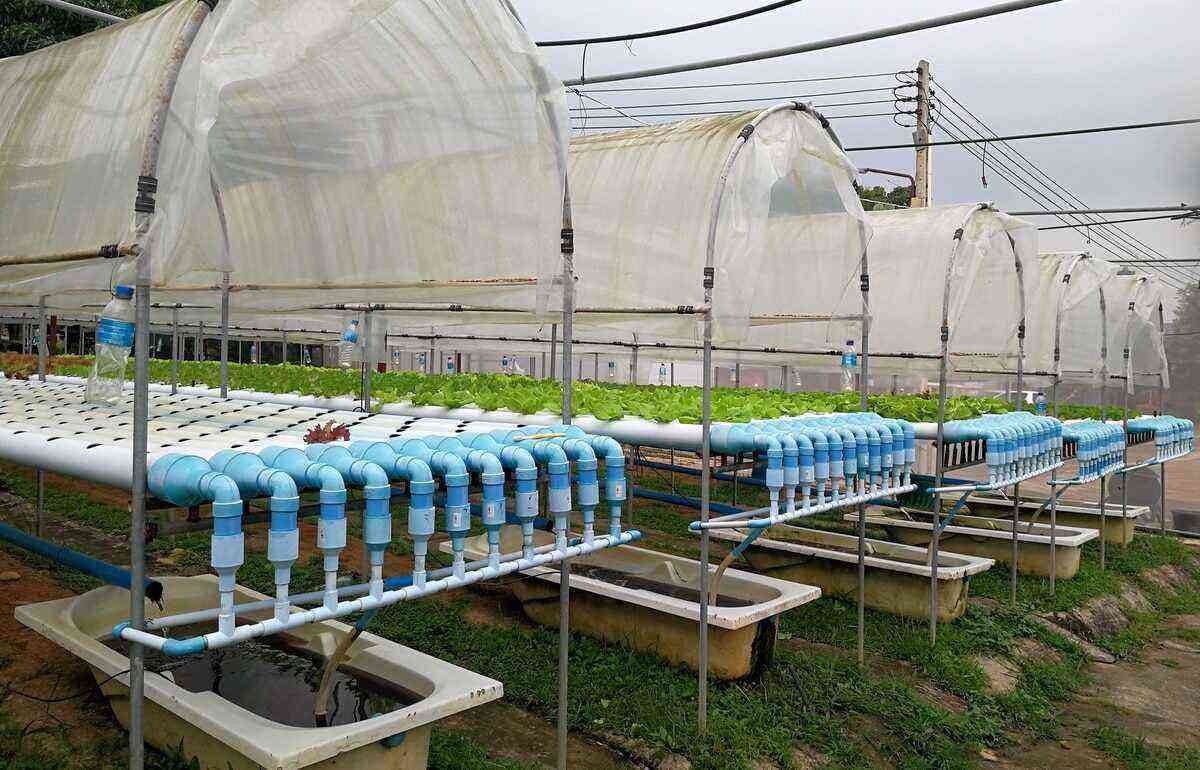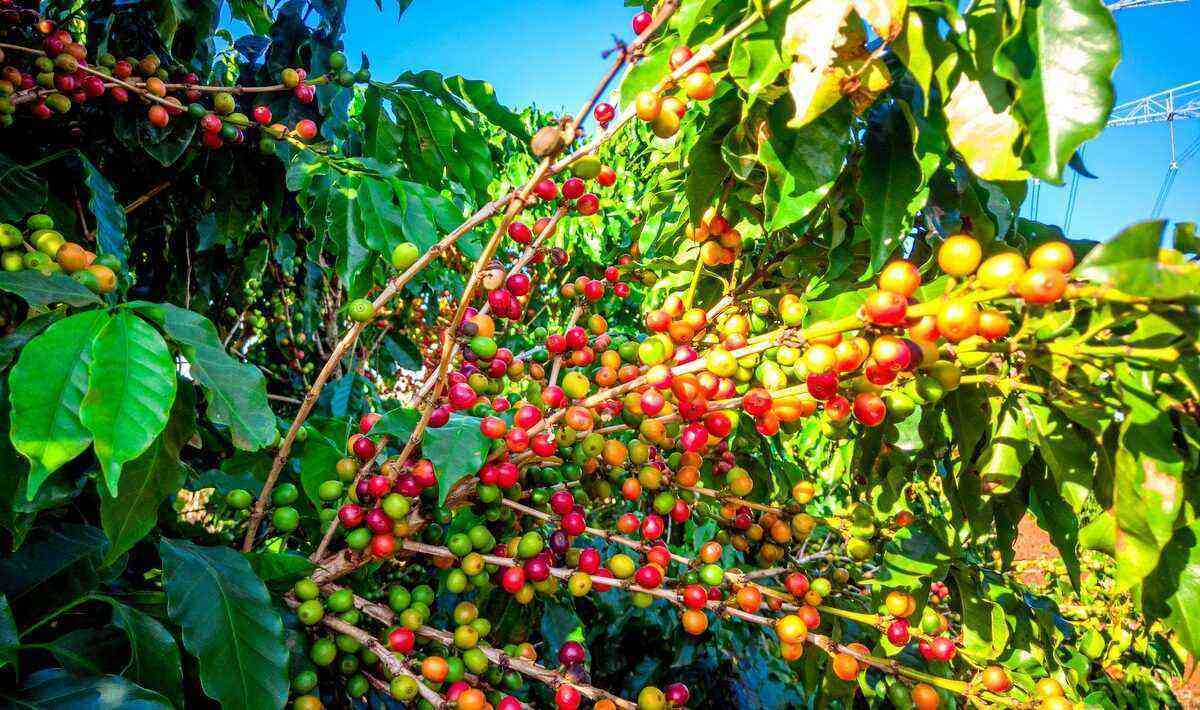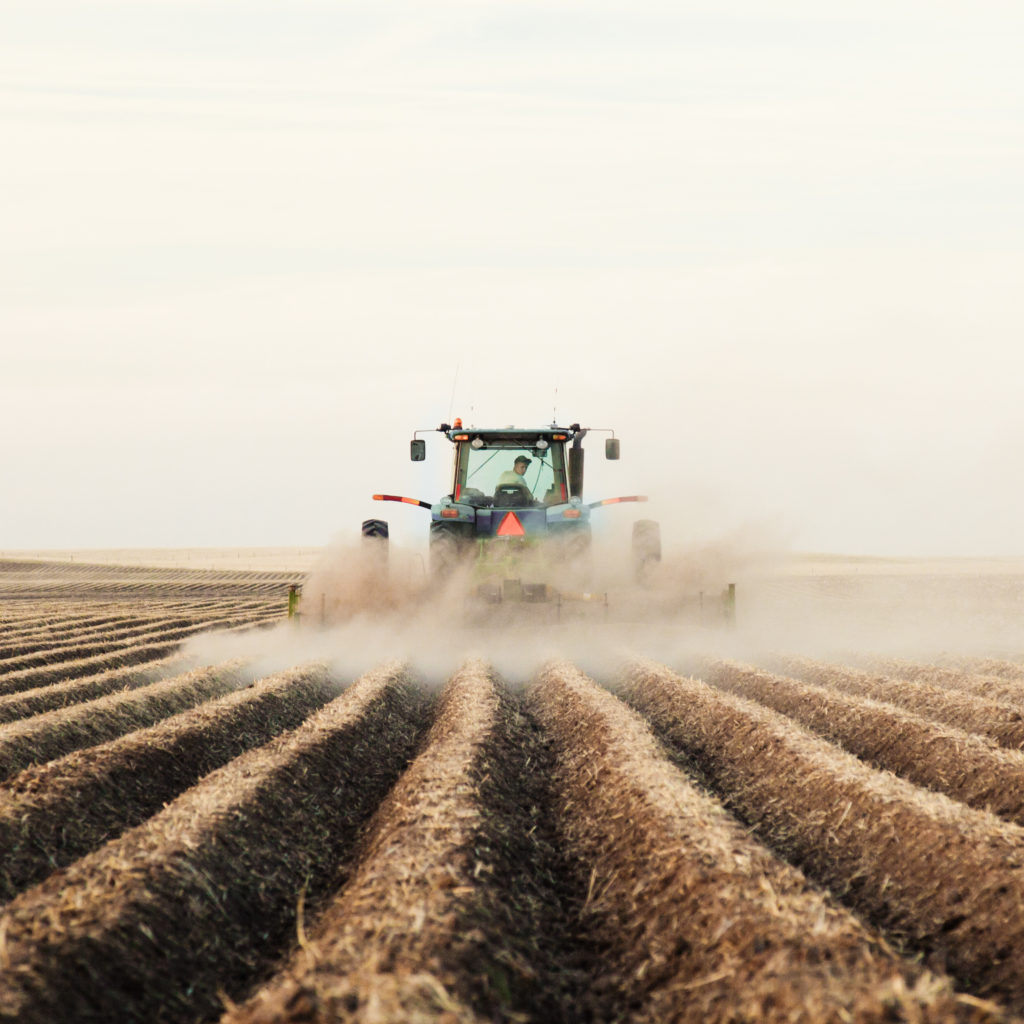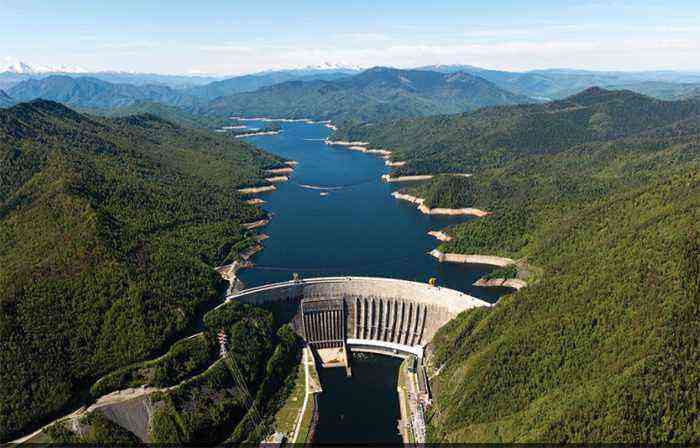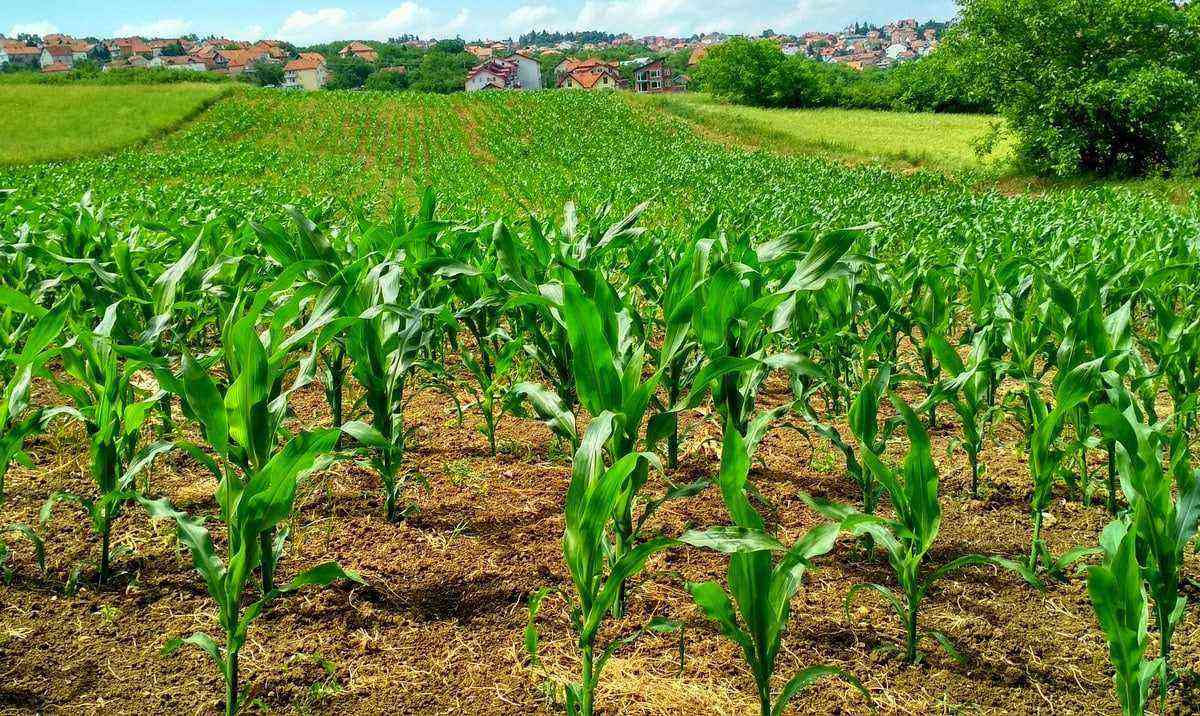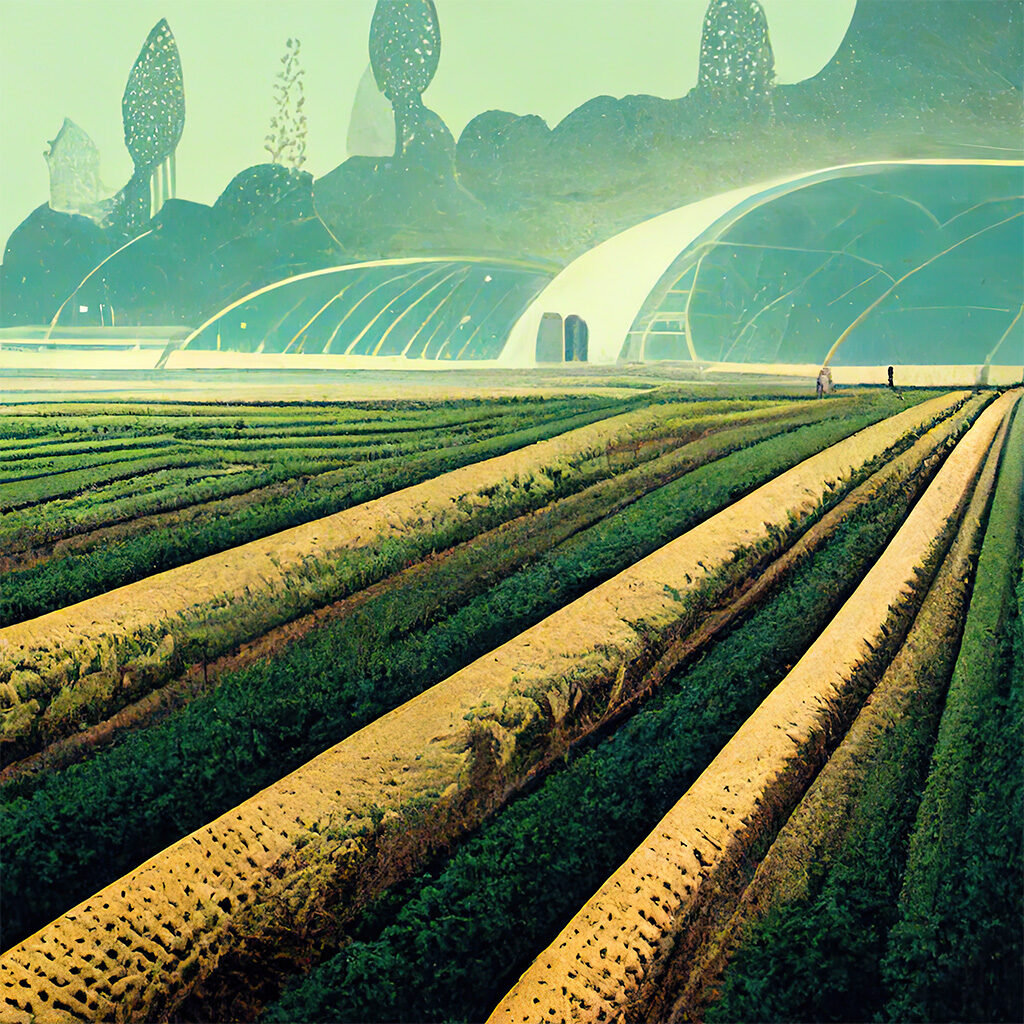One of the technicians’ challenges is to increasingly ensure increased productivity in the field. Genetics, pest and disease control, irrigation and mineral nutrition management are some of the factors that make this difference.
With each passing day, new experiments appear that can contribute a lot in this chain.
The novelty now is the use of artificial light irrigation during flowering and beginning of grain filling. The first results of this “bath of artificial light” indicate an increase in productivity of more than 60% in soybean production.
The use of artificial light irrigation has the function of lengthening the period of exposure of the plant to light.
The importance of lighting
Natural lighting is one of the factors for plant growth during photosynthesis, one of nature’s main sources of energy. In this process, they convert light, carbon dioxide, water and minerals into glucose and oxygen.
But, natural light varies according to the season of the year and the latitude of the area’s location.
In agricultural regions of higher latitudes (for example, the United States and Europe), the luminosity variations are even more expressive. So much so that in many cases, it allows only one large crop per year.
With this limitation in mind, the Fienile Group has developed an unprecedented technique that promises to “revolutionize” agricultural production.
The proposal is a agricultural cultivation light supplementation through the installation of high-efficiency artificial lighting panels (Light Emitting Diode) on irrigation pivots.
This makes it possible not only to irrigate water in the conventional sense, but also to irrigate light over the entire crop in a completely controllable way.
First results of artificial light irrigation
The water and light irrigation “laboratory” is located on a property in the municipality of Monte Carmelo (MG).
The experiments began four years ago, but this is the first crop on a commercial scale (100 hectares) using this technology.
According to company technicians, with only 40 days of artificial light irrigation at night (and during the day in cloudy periods), during flowering and beginning of grain filling, there was a 66% growth in soybean production.
This represented an increase in productivity from 71 to 118 bags per hectare in the area where artificial lighting was added to the farm pattern.
The first results were an increase of up to 66% in soybean productivity
In addition to increasing productivity, the use of light supplementation has reduced the incidence of diseases and pest attacks, although studies have not yet been carried out with this objective. But, if proven, they can reduce production costs and the environmental impact of agricultural activity.
The idea now is to provide more hours of light, from different bands of the light spectrum and with greater frequency, to validate the results already observed.
technology pack
However, this above-average production also demanded adjustments from technicians and producers in crop management, from sowing to harvesting, in the amount and timing of application of essential and beneficial nutrients.
The study now focuses on the possibility of reducing the use of mineral sources (saline and degrading soil dynamics) by applying more sustainable sources, such as remineralizers and the addition of organic matter, increasing the efficiency of existing mineral fertilizers and green manures. aimed at fixing nutrients in the soil.
According to Grupo Fienile, there are still challenges ahead, such as discovering the best light spectrum used by the plant, within its genetics and phenology.
Data base
In an interview with MF Rural, the agricultural consultant, Mateus Henrique Nunes Ferreira, who has worked for five years in the industrial tomato crop of Grupo Predilecta, explains that, as this is a pilot project, it is necessary to have a database with the technical results, so that the experiment can be used on a commercial scale.
However, the consultant observes that the first results are really encouraging and can indeed contribute to increasing productivity in the field for various crops, such as sorghum, normally planted in dry and hot regions.
This cereal is used in Brazil mainly in the animal feed industries, but also used in the production of breads, cookies, snacks, cakes and enriching preparations.
See below videos of the visit of the agricultural consultant, Mateus Henrique Nunes Ferreira on a property that is using artificial light irrigation in sorghum.
Expanding horizons
According to the technicians, the new technology has no contraindications and the results so far are surprising.
It may allow, for example, to plant crops that until then were unviable in winter due to fewer hours of natural light. Therefore, horizons can be further expanded.
See also: Energy saving tips: irrigation systems


